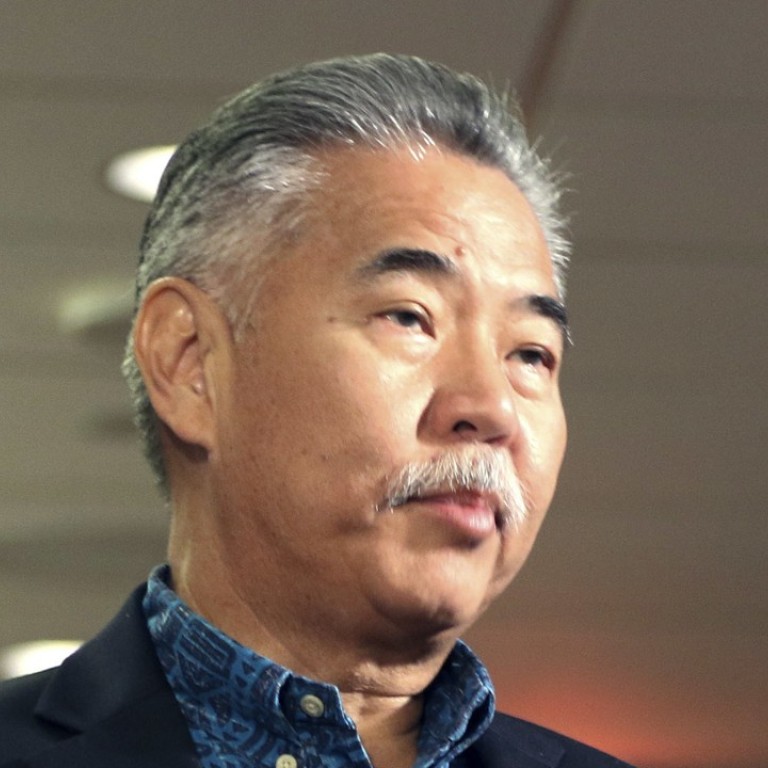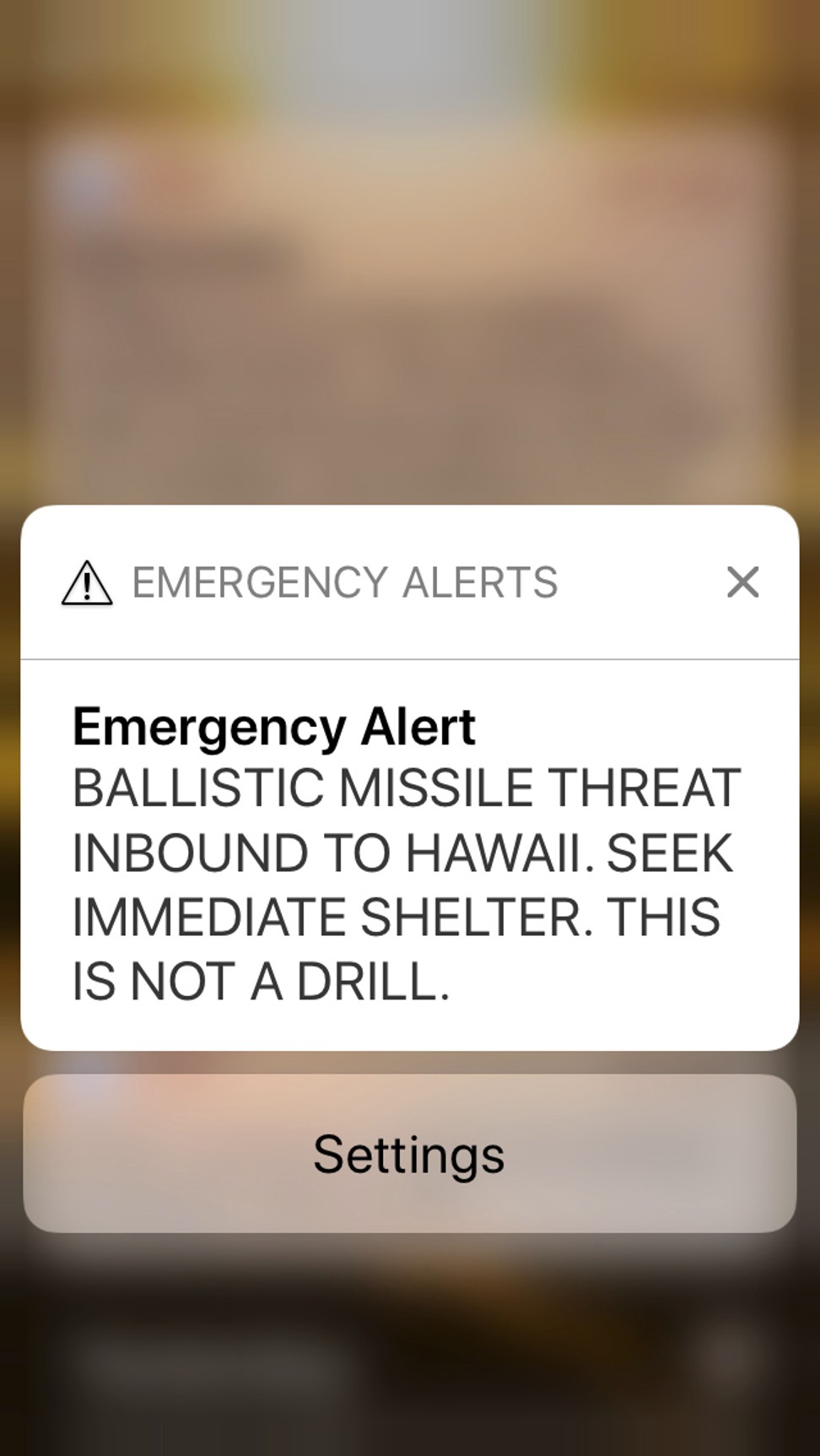
Hawaii governor didn’t correct false missile alert because he didn’t know his Twitter password
It took Governor David Ige 17 minutes to correct the false warning on Twitter - and 24 minutes to post something on Facebook
Minutes after the Hawaii Emergency Management Agency mistakenly sent a missile alert at 8.07am on January 13 – terrifying residents and visitors across the state – some officials, such as Representative Tulsi Gabbard rushed to Twitter to reassure everyone it was a mistake.
But one Twitter account was deafeningly silent for 17 minutes: that of Hawaii Governor David Ige. Though Ige was informed by the state’s adjutant general that the alert was false two minutes after it was sent, he waited until 8.24am to tweet, “There is NO missile threat.”
On Monday, after he gave the State of the State address in which he avoided the subject of the missile alert fiasco, reporters demanded an explanation for that long silence.
Ige’s answer – he couldn’t log into Twitter.
“I have to confess that I don’t know my Twitter account logons and the passwords, so certainly that’s one of the changes that I’ve made,” Ige said.
He also did not post a correction to Facebook until 23 minutes after the alert went out.
“I was in the process of making calls to the leadership team both in Hawaii Emergency Management as well as others,” he added.
“The focus really was on trying to get as many people informed about the fact that it was a false alert.”
The state itself did not issue an official correction until 38 minutes after the errant warning went out.
Ige said he has taken steps to ensure it won’t happen again. Namely, he saved his Twitter information on his cellphone.
“I’ve been putting that on my phone so that we can access the social media directly,” Ige said.
The missile alert fiasco highlighted flaws both human and technological in the state’s civil defence warning system. The false alert was sent out because an employee clicked on the wrong option on an old-fashioned drop-down menu of links.

As reported: “The menu, which triggers alerts, contains a jumble of options, ranging from Amber alerts to Tsunami warnings to road closures. Some of them, such as ‘High Surf Warning North Shores,’ are in plain English.
“Others, including the one for a missile attack, ‘PACOM (CDW)-STATE ONLY,’ use shorthand initials. (PACOM refers to the United States Pacific Command based in Hawaii.)
“And the menu contained no ballistic missile defence false alarm option – which has now been added.”

